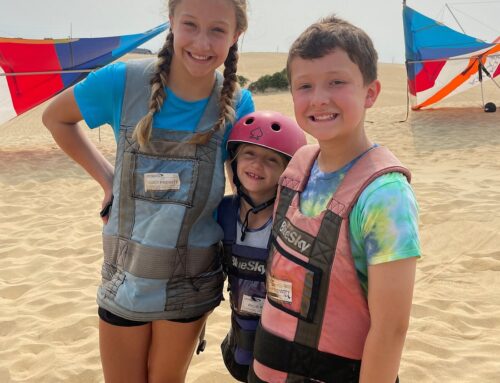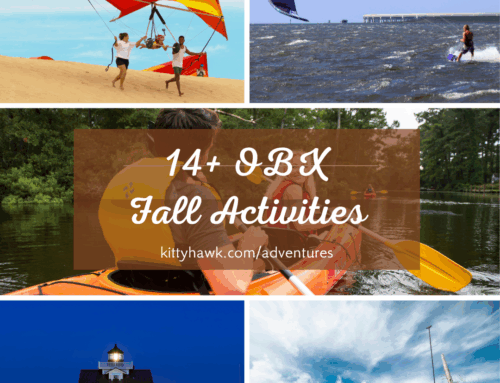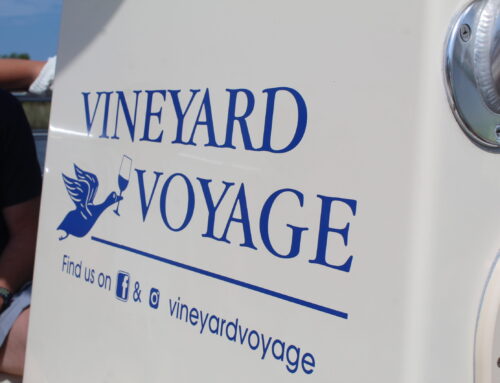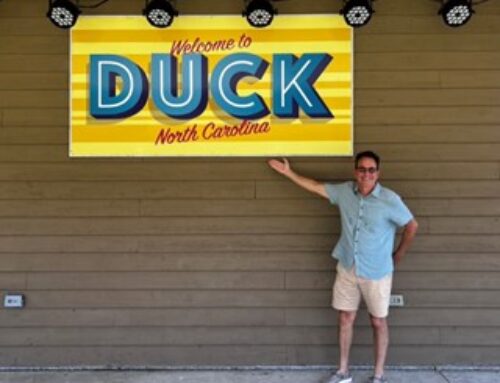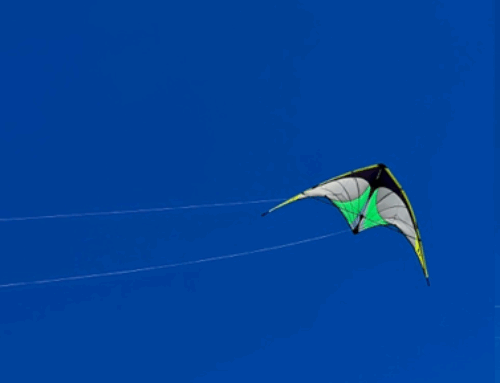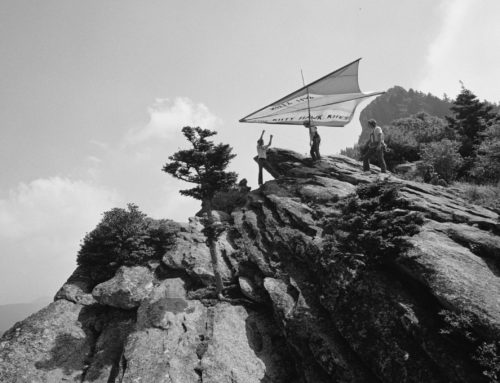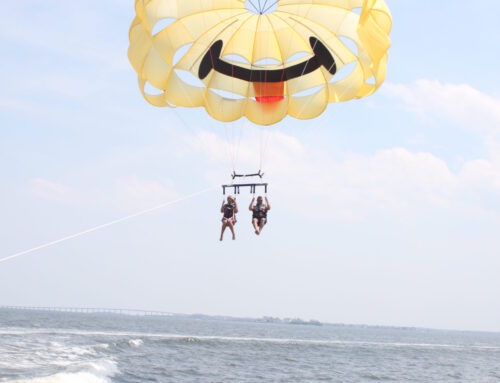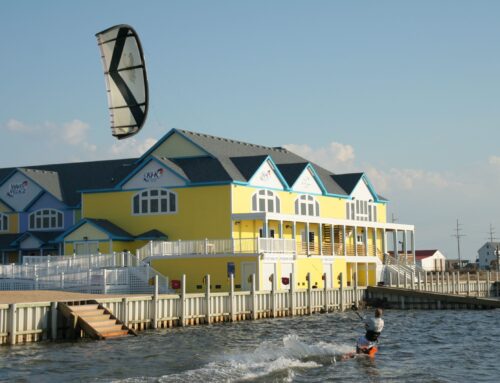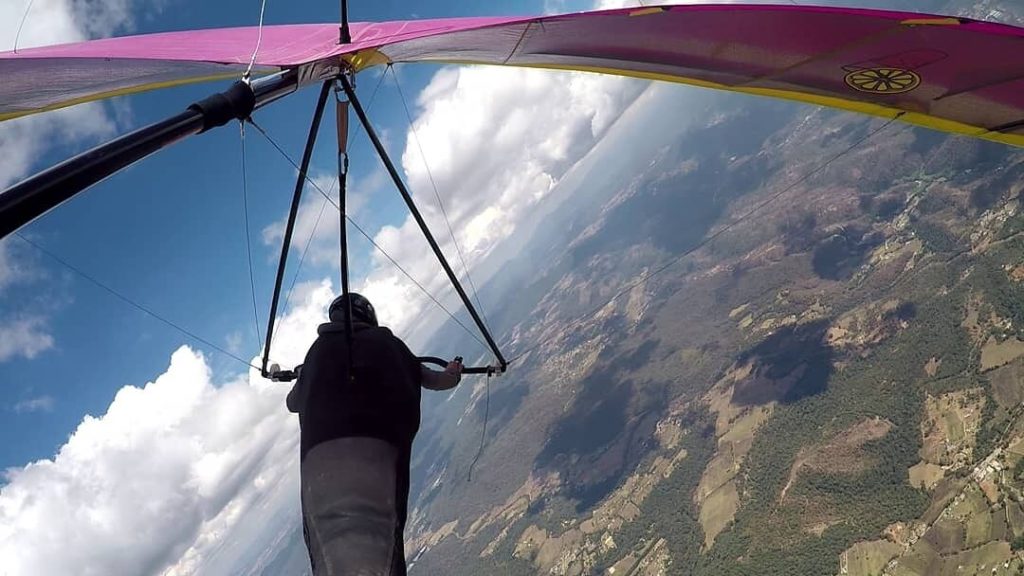
Some trips change you for life. For me, Valle was that trip. In February 2019, I ventured to Valle de Bravo, Mexico to participate in the legendary El Peñón Classic Race, a hang gliding competition known for attracting the fiercest sport class competitors in the world. Located three hours from Mexico City, the vibrant lakeside town of Valle is already well-known for free flight, with images of hang gliding and paragliding adorning the sides taxis and tequila bottles alike.
The actual launch site is an additional 45-minute drive from the city, but several free flight companies offer daily shuttles between town, launch and the landing zone. Launch faces southwest into the area’s prevailing winds, with the site’s most striking feature – a rocky rounded-top outcropping jutting from the earth – situated just 1 kilometer west of launch. El Peñón acts not only as the namesake of this formidable competition, but significantly influences daily thermic activity and is often a source of lift.
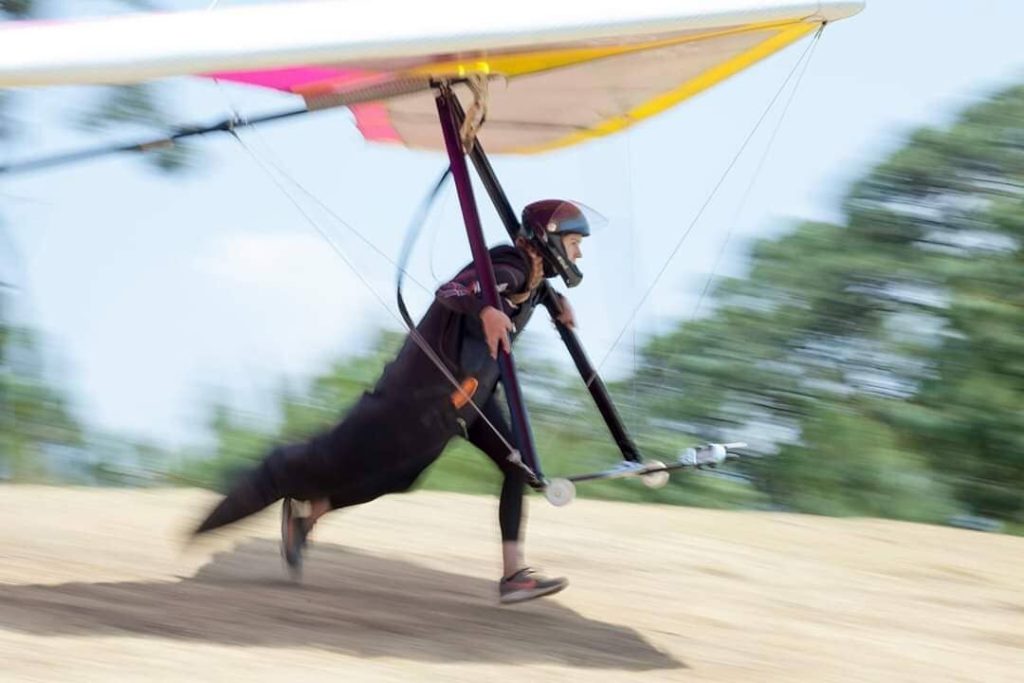
The surrounding area is characterized by mountainous landscapes, impressive cliffsides, and shockingly beautiful inactive volcanos (the most notable being Nevado de Toluca, Mexico’s 4thhighest peak and just 30 kilometers from El Peñón). With unbelievably consistent weather and 300 flyable days per year, it’s possible to crank out two flights a day and rack up 30 hours per week in the dry season. With cloud convergences lining up right behind launch, the XC potential is unbeatable. Bouncing back and forth between turn points, hang gliding pilots are daily afforded the opportunity to explore some of the most unique landscapes in Mexico.
With such an enticing prognosis, it’s no wonder I had to fly it for myself. I had never flown hang gliders outside of the United States before this trip. And since graduating from my early flying days at Kitty Hawk Kites, most of my hang gliding had consisted of aerotow competitions in the flatlands all around the US. I traveled to Mexico not with goals of winning, but to rekindle my foot launch fire and to learn the mountains. This is the story of my final flight in Mexico, where everything I had learned over two weeks culminated in one of the best hang gliding flights of my life.
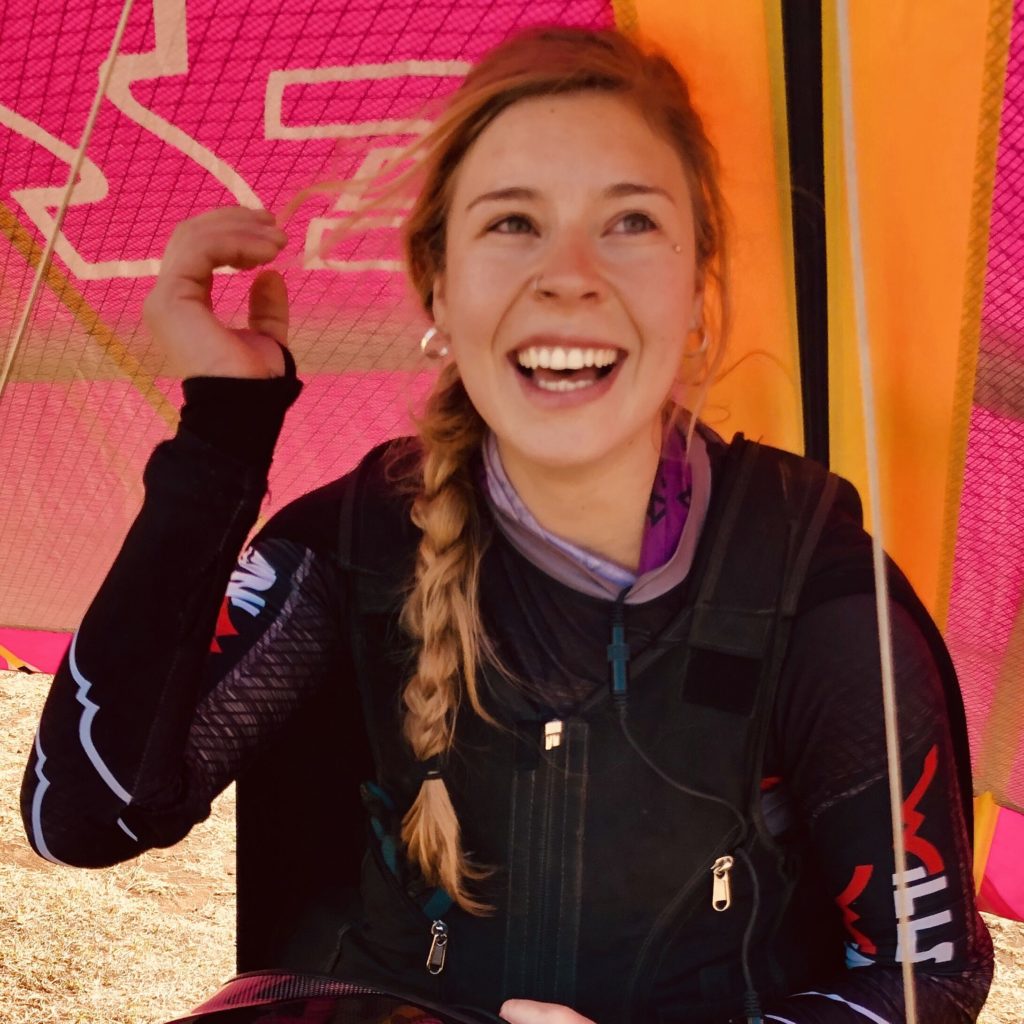
The Flight
Because the awards ceremony would be hosted that night, the task for day 6 of the competition was shorter than usual, at just 35.2 km. I launched and headed to El Peñón to await the start. Tens of pilots had thermalled to cloud base, and we patiently anticipated the start of the race as a graceful, spinning flock of gliders. It was the longest four minutes of my life.
In competition, it’s illegal to fly through the clouds, and very dangerous because the pilot is unable to see their surroundings. However, it’s crucial to start the race with as much altitude as possible. So when waiting for the start of the race, a pilot has to find the perfect balance between flying too high into the cloud or losing their altitude altogether. In this limbo, four minutes is a very long time.
But then the gate opened and the migration began. There’s something so strange and so incredibly surreal about 30 bug-like creatures simultaneously transitioning from barely organized floating to a full-on Spartanic charge. It’s terrifying and exhilarating and overwhelming. I secured my flight line just behind the leaders, with 20 pilots chasing me down. Only a couple wings passed me; for once, I was moving fast, toward the lead. The first turn point came and went like lightning.
We swung around 180 degrees to the north and retracted up the spine. I stayed on a good line, losing very little altitude and hitting solid thermals along the way. Suddenly, I heard a happy scream, too close for comfort. Looking to my right, I saw Wolfi Siess unbelievably close to my wing, giggling and shouting and trying to get as near as possible. Maintaining my heading, I screamed back. I could feel the air compress between my right wing and his left as he crept closer and closer. If you’ve ever driven next to a semi-truck on a windy highway you know exactly what that feels like. After flying in tandem for a dozen more seconds, Wolfi dove down and sped away, leaving me in the dust. I couldn’t stop laughing.
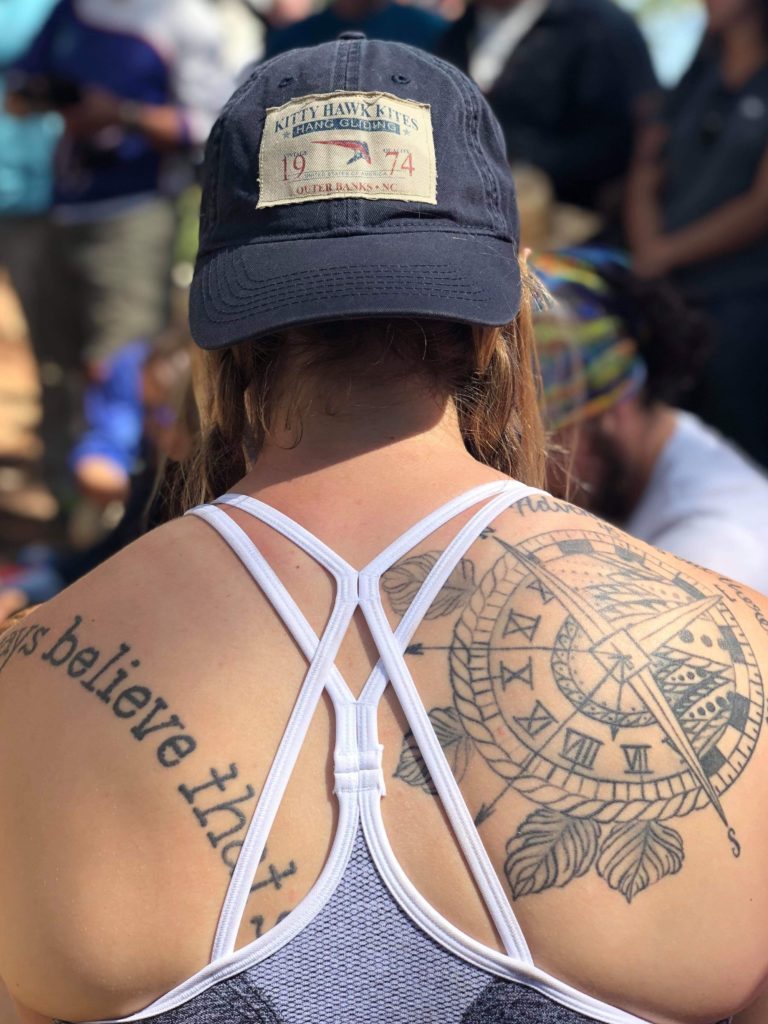
Everything was falling into place. The thermals were where I expected them to be, and the turn points didn’t seem far away. The second arrived as fast as the first. Finally, the most daunting challenge of the flight presented itself: Our course would take us over the back of the Spine, and traverse the gap to the adjacent ridge toward a triplet of rocky cliffs known as the Three Kings. I had flown there earlier in the week and didn’t like it. The thermals were trashier and further apart, and the landing fields on the other side of the Kings were terrible.
After crossing the gap, I arrived at the Kings with a handful of other pilots, working light lift. I was torn… when was the smartest time to dive past the Kings to get the turn point? Should I go early and look for lift past the formation, or hang back and try to get higher, all while getting pushed further away by the wind? I watched one pilot go for it. He got low, but he managed to get the point and fly back into the lift below me. I had more altitude then he had when he left and decided to go for it. So I copied his path, tagged the point, and made it back only slightly lower than when I had left.
But I wasn’t yet in the clear. Although I had altitude to work with, the ridge was still too close. I had been here two days earlier, so I flew a couple hundred meters toward the spot where I’d found lift then. The thermal was there, but it was confusing. Sometimes it was stronger at the ridgeline, other times back on the mesa. Me and one other pilot, Jose Sandoval, pulsed in and out of the core, tracking it’s inconsistent upward trajectory. Three pilots below us were unable to find it and flew off to search for something better.
Finally, Jose and I were high enough to consider hopping the gap back to the Spine. Moments like these always fascinate me. We weren’t in radio contact but had been spiraling upwards back to back for nearly 15 minutes, hyper-aware of each other’s movements, falling into a shared trust knowing the other wouldn’t mess up. As we gained altitude, subtle changes in the air told us the same thing at the same time… it was time to leave. We silently, simultaneously broke formation and left.
Jose flew a bit faster than me, so I watched his line, choosing to follow slightly to the south. We sank at similar rates and maintained our headings. Traveling downwind, we quickly arrived back to the Spine with altitude to spare. Jose flew north to find the thermal behind El Peñón. I stayed to search near the dip in the Spine known as the G Spot, and another pilot circling below me led me to what I was looking for. But I had two more turn points to hit before heading to the landing field. I had missed the first point two days earlier and had to go back to get it. The second was 1 kilometer in front of launch. I would need one more thermal besides the one I was in to make it.
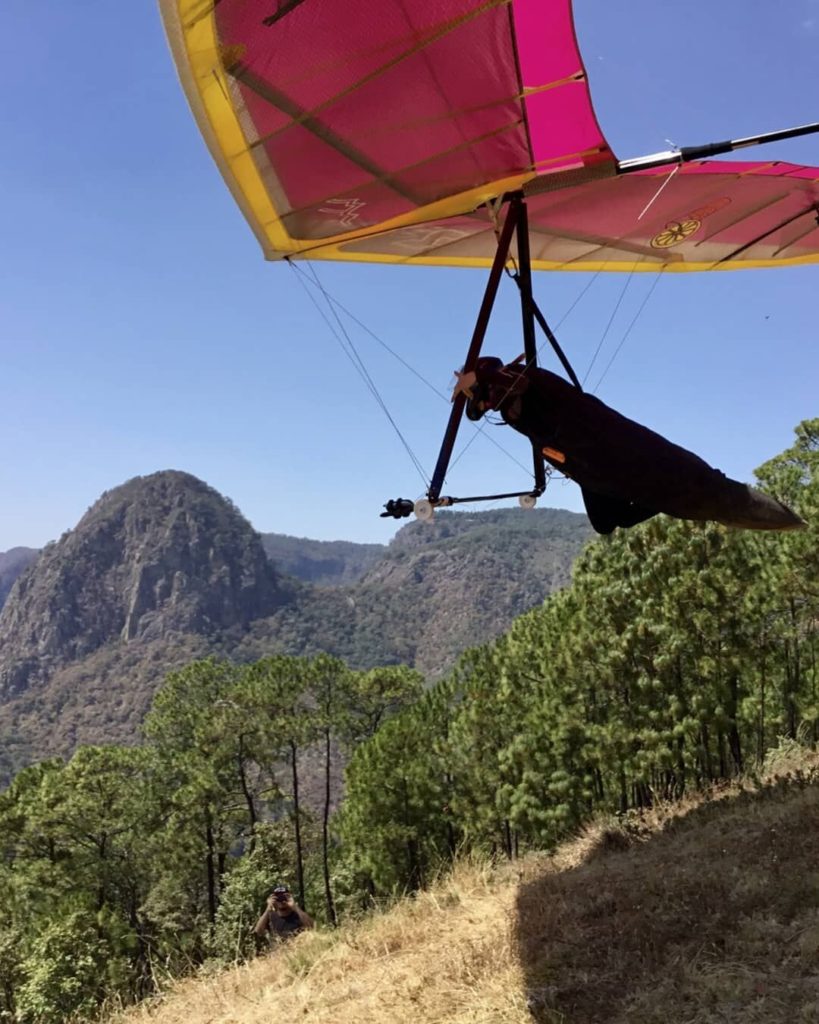
I continued climbing as my anxiety mounted. I was so close to another successful day. In hindsight, I should have stayed in this thermal longer and got more altitude, but I wanted to GO. I pulled in and left alone for the turn point, using the experience from that other flight to inform my choices along the way. I knew there was probably a strong sink at the point itself, and I was right. Once I tagged the point, I was still sinking and when I turned north to head to launch, my altitude continued to dwindle. I was going to come up short.
Although I managed to reach the foothills in front of launch, there was no guarantee that I’d find the altitude I needed to bench back up to get the fifth and final point. I was getting thrashed. Low enough to consider landing, high enough to try not to, I floated in bumpy, miserable air willing my glider upward. Rough turns into barely lifting pockets pushed me closer to the mountain and further from the safety of the LZ. I watched a glider come in with enough altitude to hit the point and make the goal field as I struggled for every upward inch.
Fifteen minutes later, mid-turn, my computer squealed, and I did too. I had hit the fifth waypoint. I swung my glider around and flew toward the LZ. Fabian Grimion appeared at my left and we threw up ‘rock-on’ hands and raced toward the ground. He made it to the goal field just in front of me – I’ll blame it on the fact that I was shaking from excitement and had to slow down. I knew that flight was one of my fastest and I couldn’t wait to see the scores posted.
The Celebration
In the landing zone, we celebrated. The city of Temescaltepec, Mexico had organized a celebration for the hang gliding pilots. There was food and ice cream, booze and music and a hot air balloon. We watched as a dozen more pilots landed at goal. On launch, tens of paragliders took off, floating into the sunset sky and landing gently at the party. It was one of the best days of my life.
Later that evening, the meet organizers took to the stage to announce the winners. They started with the top ten pilots from the flight that day. In tenth place, Fabian. Knowing he’d beat me by only a few seconds, I realized that I barely missed the top ten. I was thrilled. The El Peñón Classic is the most competitive sport class competition in the world, and I almost made the top ten for one of the days.
Then, a shock – my name was called… Ninth place! It hit me then; I realized that I had started the race leading the charge with a few others. I must have earned enough leading points to overtake Fabian’s time points. When I walked on stage to stand next to Fabian, both of us grinning. As the top eight pilots joined us, chills crawled across my skin. I was standing on stage with some of the best pilots in the world. I knew I would run this gauntlet forever to feel those chills again.
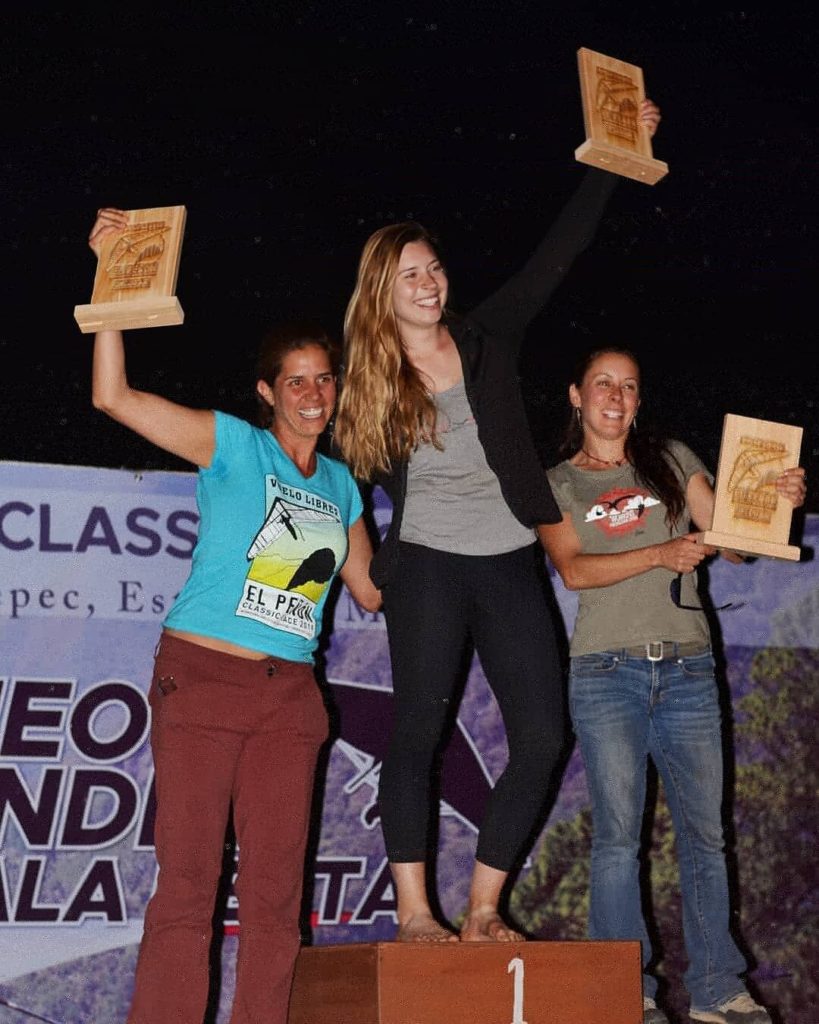
If I judge myself by how well I competed, I didn’t do so hot. I finished day one near the bottom of the roster, in 40thplace. As the week wore on, I learned countless things about the mountains and how they work. By the end of the week, I had recovered to 27thplace overall, 1stplace in the women’s category. But that’s not really what happened that week hang gliding in Mexico.
The real story was that in just two weeks, I went from barely having flown mountains at all to placing in the top ten for a day in the world’s most competitive sport class hang gliding competition. My confidence skyrocketed. I re-earned my foot launch. I had the most fun flying in a comp than I’ve ever had. So yeah, if you look at the numbers, you won’t see anything special. This is simply a story about one flight… but it’s the hang gliding flight that kidnapped my heart and left it in Mexico.
SUBMITTED BY: Sara Weaver
